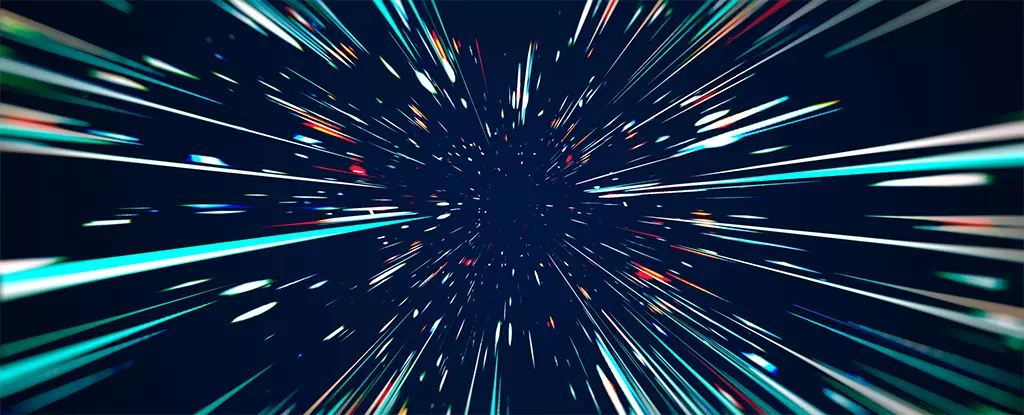The idea of warp drives has long been a staple in science fiction, often portrayed as a means for humans to explore the vast reaches of the cosmos at faster-than-light speeds. While warp drives may seem like a fantastical concept, recent scientific research has delved into the possibility of their existence and the implications they would have on our understanding of spacetime and gravitational waves.
Theoretical Basis for Warp Drives
Warp drives, as described by Mexican physicist Miguel Alcubierre in 1994, involve the distortion of spacetime itself to allow for faster-than-light travel without violating the universal speed limit set by the speed of light. While this concept is grounded in general relativity, there are significant scientific barriers that must be overcome in order to make warp drives a reality.
The first obstacle is the requirement of a Null Energy Condition (NEC), which states that a region of space cannot have a negative energy density. Practical solutions to this issue are still lacking, making the feasibility of warp drives uncertain. Additionally, the potential for closed time-like curves and the challenges associated with controlling and deactivating the warp bubble further complicate the prospect of warp drive technology.
One intriguing aspect of warp drives is the possibility that a containment failure could emit detectable gravitational waves. A recent paper titled “What no one has seen before: gravitational waveforms from warp drive collapse” explores this idea in depth. The authors, physicists from institutions in the UK and Germany, simulate the breakdown of a warp bubble and analyze the resulting gravitational wave signal.
The collapse of a warp bubble generates gravitational waves with distinct characteristics, different from those produced by binary mergers of compact objects such as black holes and neutron stars. This signal, though currently outside the frequency range of our ground-based detectors, could be detected by future observatories equipped with higher frequency detectors.
While the existence of warp drives and the detection of their gravitational wave signals remain speculative, the research in this area presents a fascinating thought experiment. The potential implications of warp drives for our understanding of spacetime, dark matter, and dark energy could revolutionize our perspective on the cosmos.
As we continue to explore the boundaries of theoretical physics, it is clear that warp drives represent a tantalizing possibility for future generations of humans or extraterrestrial civilizations. The detection of gravitational waves from warp drive collapse, though challenging, holds the promise of unlocking new insights into the nature of spacetime and the possibilities of faster-than-light travel.
The investigation into warp drives and their associated gravitational wave signals serves as a testament to the enduring curiosity and ingenuity of the scientific community. While the road to practical warp drive technology may be fraught with obstacles, the sheer potential for discovery and exploration that it offers makes it a subject worthy of continued research and speculation.


Leave a Reply